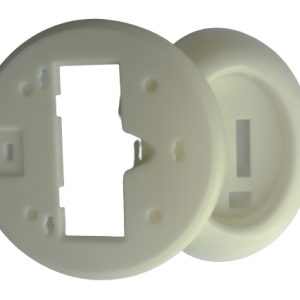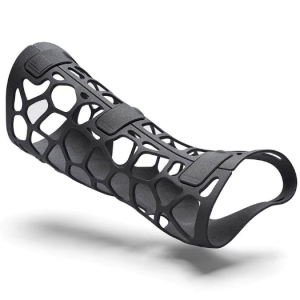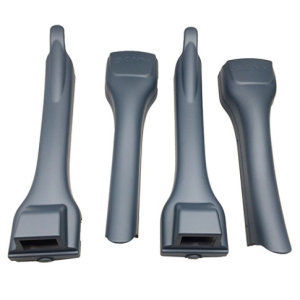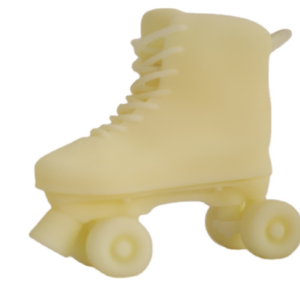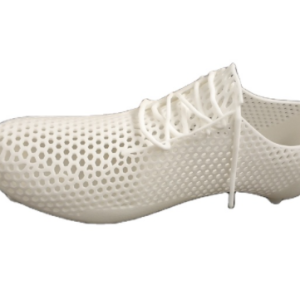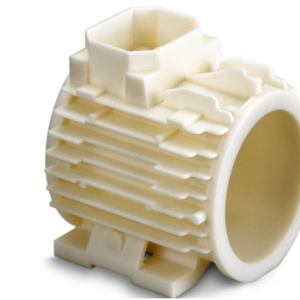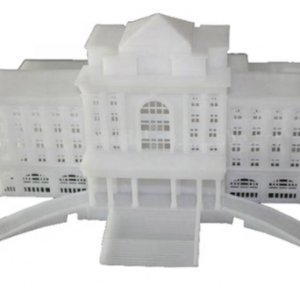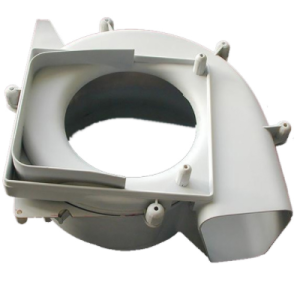HP Multi Jet Fusion (MJF)
3D Printing Service
HP Multi Jet Fusion (MJF) is a cutting-edge 3D printing technology that uses inkjet-based printing to produce high-quality, functional parts with complex geometries. Unlike older 3D printing methods, Multi Jet Fusion (MJF) offers fast, high-quality production using powder bed fusion. A powder material is selectively fused with heat and a detailing agent, allowing for excellent part definition, strength, and speed. This technology is particularly useful across a wide range of industries in Australia, especially those demanding detailed prototypes, complex geometries, or end-use functional components.
Trusted partnerships, unrivaled results CAD Deziner’s track record























HP MJF 3D Printing Service
HP’s Multi Jet Fusion (MJF) is a modern and powerful 3D printing solution that blends speed, detail, and material adaptability to create robust, functional parts. It’s ideal for producing prototypes quickly, crafting customised pieces, or managing low-to-mid volume production without sacrificing quality. From automotive to medical to consumer product design, MJF shines wherever performance, accuracy, and flexibility are a must.
HP Multi Jet Fusion (MJF) 3D Printing Materials
Rigid Plastics
| Material | Type | Key Characteristics | Common Applications |
|---|---|---|---|
|
Nylon 11 (PA 11) |
Rigid Plastic |
High ductility, impact resistance, and flexibility under stress |
Prosthetics, hinges, lightweight brackets |
|
Nylon 12 (Glass-Filled) |
Rigid Composite |
Enhanced stiffness and heat resistance due to glass reinforcement |
Structural parts, jigs, housings |
|
Nylon 12 (PA 12 – SLS/MJF) |
Rigid Plastic |
Balanced strength and flexibility, good chemical resistance |
End-use parts, functional prototypes |
|
Full-Colour Nylon 12 (CB PA 12) |
Rigid Plastic |
Supports multicolour printing with solid mechanical properties |
Visual models, branding components, and medical displays |
|
Polypropylene (PP) |
Rigid Plastic |
Lightweight, flexible, chemical, and moisture resistant |
Containers, fluid systems, and living hinges |
Practical Uses of HP MJF in Australia
Vapour Smoothing for MJF Parts
One of the ways we take MJF printing to the next level is through vapour smoothing. This post-processing step uses chemical vapours to gently melt the surface of the printed part. The result? A much smoother, glossier finish with reduced visibility of layer lines. It not only improves appearance but can also enhance the functionality of the part, particularly in applications requiring fluid flow or skin contact.

Advantages of HP Multi Jet Fusion
- Speed: Faster production times, especially for medium-to-large volumes.
- High-Quality Parts: MJF produces parts with strong mechanical properties, fine surface finishes, and sharp resolution, ideal for both prototypes and functional components.
- Customization: Perfect for creating tailored, one-off items or small production batches, MJF offers great flexibility in design and production.
- Material Variety: Choose from a broad selection of materials, each offering unique performance features to match your specific project needs.
- No Supports Needed: Thanks to the surrounding powder, there’s no need for additional support structures, making post-processing quicker and cleaner.

Flexible Plastics
| Material | Type | Key Characteristics | Common Applications |
|---|---|---|---|
|
TPU (Thermoplastic Polyurethane) |
Flexible Plastic |
Rubber-like flexibility, wear resistance, and good shock absorption |
Seals, gaskets, wearable parts, protective gear |
What Makes HP Multi Jet Fusion Different?
Unlike Fused Deposition Modelling (FDM) or Stereolithography (SLA), which build parts layer by layer using solid or liquid materials, HP MJF uses a powdered polymer base and combines inkjet technology with thermal energy. A detailing agent and fusing agent are jetted onto the powder bed. Then, heat is applied to solidify selected areas of each layer. This approach creates strong, functional, and finely detailed parts.
Developed by Hewlett-Packard, MJF is considered a cutting-edge additive manufacturing method for anyone needing both rapid prototyping and high-performance production parts. Its ability to handle complex shapes and maintain mechanical strength sets it apart.

Key Benefits of HP Multi Jet Fusion Technology
- Fast Print Times: MJF prints one full layer at a time, rather than tracing outlines. This increases speed, making it suitable for everything from quick prototypes to higher-volume runs.
- High Accuracy and Detail: MJF produces tight tolerances and excellent resolution, which are critical when prototyping or manufacturing technical components.
- Durable, Functional Parts: Unlike some other methods that focus on cosmetic models, MJF parts are functional, durable, and suitable for mechanical use. They’re tough enough to serve in real-world applications.
- Versatile Materials: You can work with high-performance nylon powders like PA12 and PA11. These are chemically resistant, heat-tolerant, and mechanically strong. Reinforced materials like glass-filled options are also available for more demanding needs.

Why Choose Our MJF Services in Australia?
We provide end-to-end MJF 3D printing services with the flexibility to meet your project’s specific goals. Here’s what makes our offering stand out:
Endless Options
Customise every detail of your print. Select from a wide variety of materials, finishes, certifications, and dimensional tolerances to get exactly what you need, nothing more, nothing less.
Simple Process
We’ve streamlined the process to keep it straightforward. Just upload your files, specify your preferences, and leave the rest to us. We’ll manage everything from production to delivery so you can focus on your design.
Quality First
Every part we produce goes through a thorough inspection process. We check dimensions, surface finish, and functional aspects to make sure they match your order specs and industry standards.
Projects
